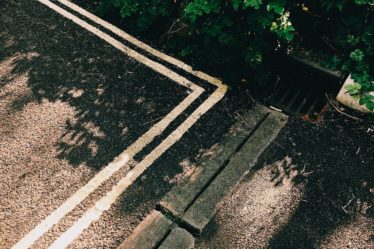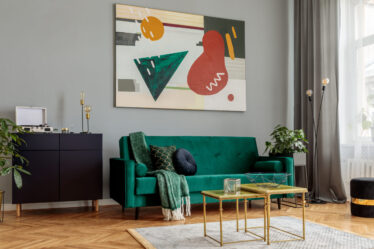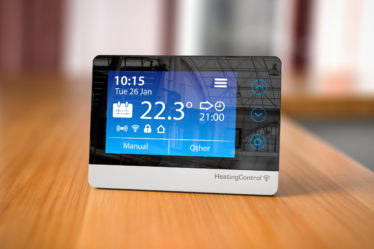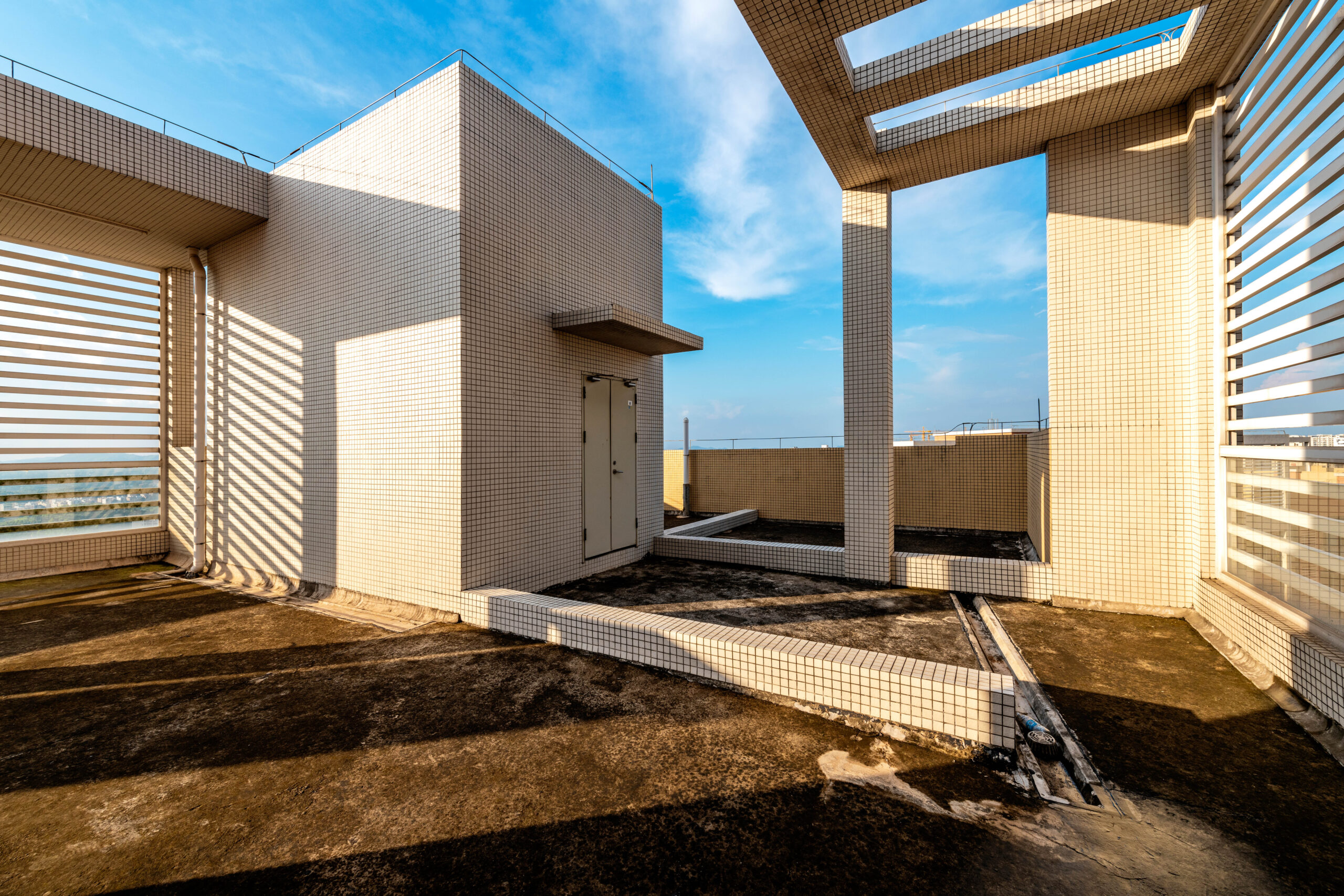
Roofing is more than just a protective barrier over our heads. It’s an integral part of a structure, influencing the overall design, aesthetics, and functionality of a building. When it comes to choosing a roof for your home or business, two primary types emerge as popular choices: flat and sloped roofs. Both offer their distinct set of advantages and challenges, which can make the decision-making process daunting. This article dives into the main differences between the two, providing a clearer picture of what each has to offer, and helping you make an informed decision based on your needs.
Flat Roofing: A Modern and Versatile Option
If you have ever sought flat roofing services in Saskatchewan, you’ll know that this type of roofing is particularly popular in commercial settings and modern homes. Here’s a deep dive into the characteristics, advantages, and considerations of flat roofing:
Characteristics
Flat roofs, as the name suggests, are primarily flat, but they do have a slight pitch to allow for water drainage. Typically, flat roofs are constructed using materials like modified bitumen, EPDM rubber, or PVC.
Advantages
- Versatility: One of the major draws of flat roofing is its potential to be utilized as usable space. Many commercial buildings employ flat roofs as spaces for HVAC systems, gardens, or even recreational areas.
- Aesthetic Appeal: For homes, especially those with a modern architectural style, flat roofs can add a sleek and contemporary look.
- Easier Maintenance: Without slopes and angles, flat roofs are generally easier to access and inspect, making maintenance tasks more straightforward.
Considerations
While flat roofs offer numerous benefits, they also come with a set of challenges. For instance, they require regular maintenance to prevent water pooling. Additionally, in areas with heavy snowfall, the weight of accumulated snow can be a concern.
Sloped Roofing: A Classic and Time-tested Choice
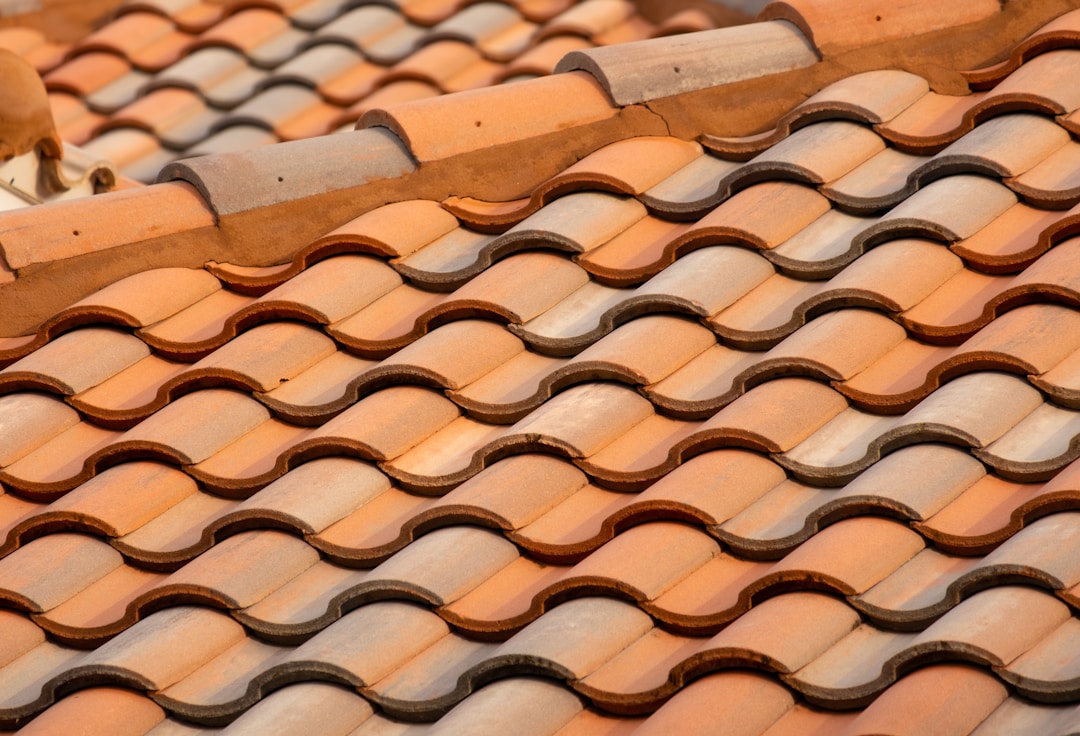
Sloped roofs, often seen in residential areas, provide a traditional look many homeowners prefer. They too come with their set of unique features and benefits:
Characteristics
Sloped roofs have a noticeable pitch, which can range from a slight angle to a steep incline. They are commonly constructed using materials like asphalt shingles, metal, slate, or wood shingles.
Advantages
- Effective Drainage: The inherent design of sloped roofs allows for easy drainage. Water and snow slide off easily, reducing the chances of pooling or accumulation.
- Longevity: With the right materials and maintenance, sloped roofs can have a longer lifespan compared to flat roofs. Their design reduces direct UV exposure and standing water, which can degrade roofing materials over time.
- Aesthetic Variety: Sloped roofs provide opportunities for diverse architectural styles. From gabled to hipped designs, homeowners have a plethora of choices when it comes to the look and feel of their homes.
Considerations
Sloped roofs may be less accessible than flat roofs, making maintenance and inspection tasks more challenging. Furthermore, the initial installation cost for sloped roofing can be higher due to the added complexity of their design.
Materials and Lifespan: Digging Deeper
Flat Roof Materials
When you opt for a flat roof, you’re presented with a range of materials, each with its unique advantages:
- Modified Bitumen: This is a multi-layer material that’s applied with heat, which seals it to the flat roof surface. It has a reflective property which can help in reducing the need for cooling in summer months.
- EPDM Rubber: Known for its durability and cost-effectiveness, EPDM is a synthetic material that can last upwards of 20 years with proper maintenance.
- TPO and PVC: Both these materials are heat-welded systems that provide excellent energy efficiency. They resist the buildup of dirt and bacteria and are known for their longevity.
Sloped Roof Materials
Sloped roofs also come with various material choices, each offering a unique aesthetic and functional benefit:
- Asphalt Shingles: Popular due to their affordability and ease of installation, asphalt shingles come in a variety of colors and can last up to 30 years.
- Metal Roofing: Highly durable and resistant to environmental factors, metal roofing can last 50 years or more. Additionally, metal reflects solar radiant heat, which can reduce cooling costs in summer.
- Slate and Tile: Offering an elegant aesthetic appeal, both slate and tile roofing can last a lifetime, albeit at a higher installation cost.
Environmental Impact and Sustainability
Eco-Friendly Flat Roofing Options
Flat roofs, due to their structure, can easily support green roofing systems. Here are some sustainable flat roofing options:
- Green Roofs: These are roofs covered with vegetation. They not only reduce the urban heat island effect but also provide excellent insulation, reducing heating and cooling costs.
- Solar Panels: The even surface of flat roofs makes them ideal for installing solar panels, thus generating renewable energy for the building.
Eco-Friendly Sloped Roofing Options
While sloped roofs might not support greenery like flat roofs, they have other sustainable advantages:
- Cool Roofing Shingles: These are designed to reflect more sunlight and absorb less heat. They can significantly reduce cooling costs in warmer climates.
- Reclaimed Materials: Using recycled or reclaimed materials for sloped roofs, such as metal or wood, can reduce the environmental footprint of the building.
Insulation and Energy Efficiency
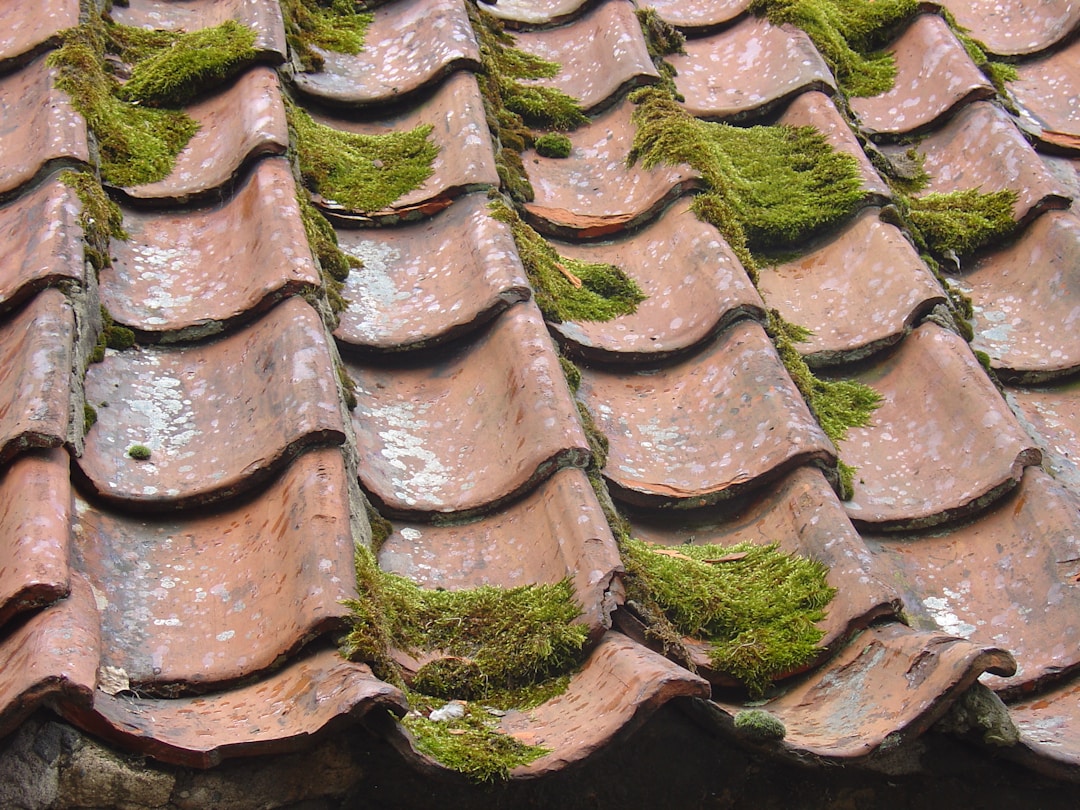
Insulating Flat Roofs
Due to their structure, flat roofs often require more insulation to maintain internal temperatures. Rigid foam boards or spray foam are popular choices that offer high R-values, ensuring minimal heat transfer.
Insulating Sloped Roofs
Sloped roofs have the advantage of attic space, which can be filled with insulation materials like fiberglass, foam, or cellulose. Proper insulation in sloped roofs can significantly reduce heating and cooling costs.
Which Roof is Right for You?
Deciding between flat and sloped roofing largely depends on your specific needs, aesthetic preferences, and the functional requirements of your building.
Location and Climate: If you live in an area with heavy snowfall, a sloped roof may be the ideal choice due to its superior drainage capabilities. Conversely, in urban settings or areas where space utilization is crucial, flat roofs can be beneficial.
Budget: While flat roofs might have a lower initial installation cost, they could require more frequent maintenance. On the other hand, while sloped roofs might demand a higher upfront cost, they can sometimes prove to be more cost-effective in the long run due to their longevity.
Aesthetic Preferences: If you’re leaning towards a contemporary, minimalist design, a flat roof might align with your vision. However, if you’re drawn to a more classic, traditional aesthetic, a sloped roof could be the better choice.
Functionality: For those looking to maximize the functionality of their roof space, a flat roof offers opportunities to set up rooftop gardens, install solar panels, or create recreational spaces. However, if your primary concern is durability and minimal maintenance, a sloped roof might serve you better.
Roofing Decisions: More than Just Surface Level
In conclusion, the choice between flat and sloped roofing goes beyond mere appearance. It’s a decision that impacts the longevity, functionality, and overall value of your property. By understanding the distinct advantages and considerations associated with each option, homeowners and business proprietors can make an informed decision that aligns with their building’s requirements and their personal preferences. Whether you lean towards the modern allure of flat roofs or the timeless elegance of sloped designs, ensuring regular maintenance and choosing high-quality materials will pave the way for a roof that stands strong for years to come.

